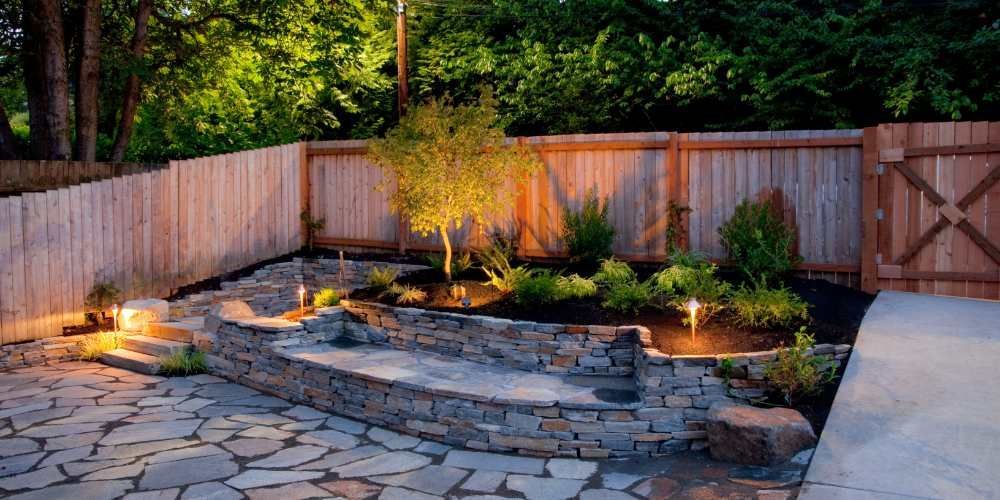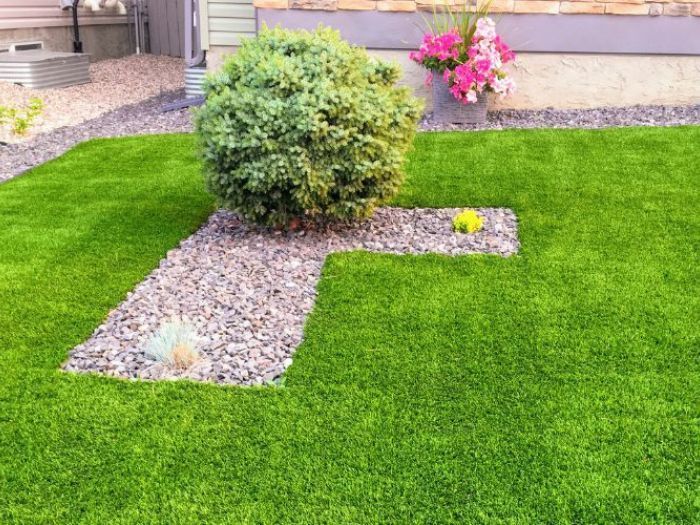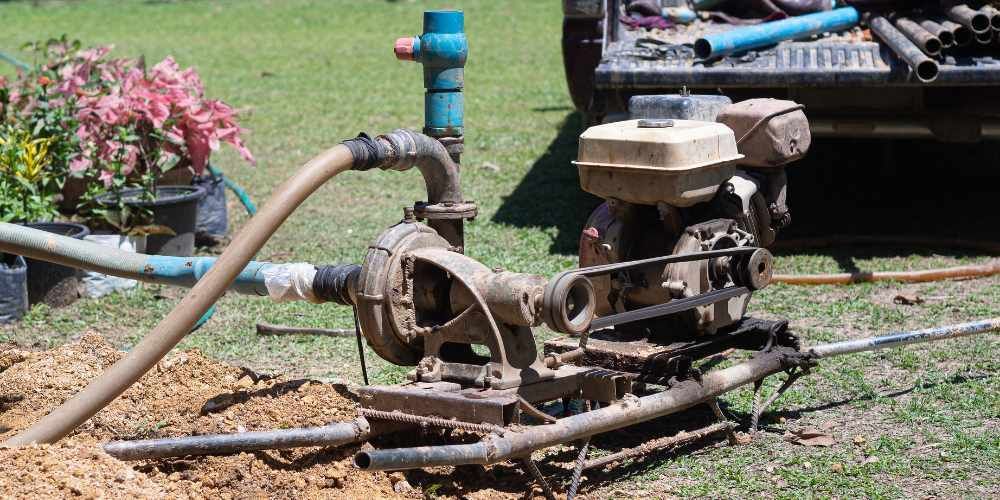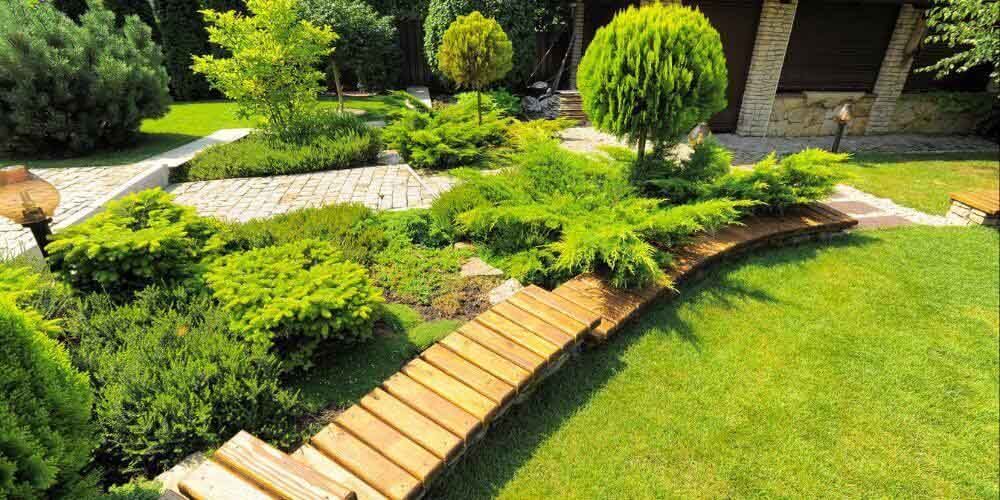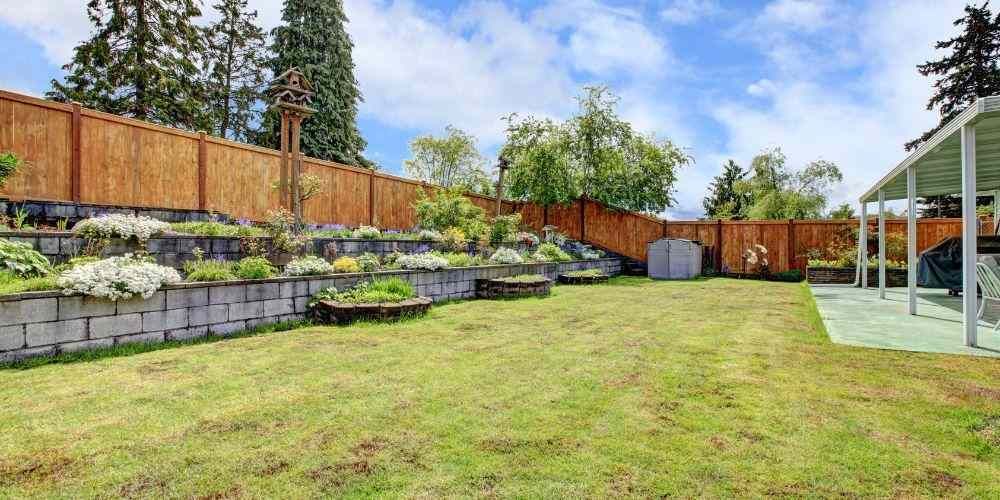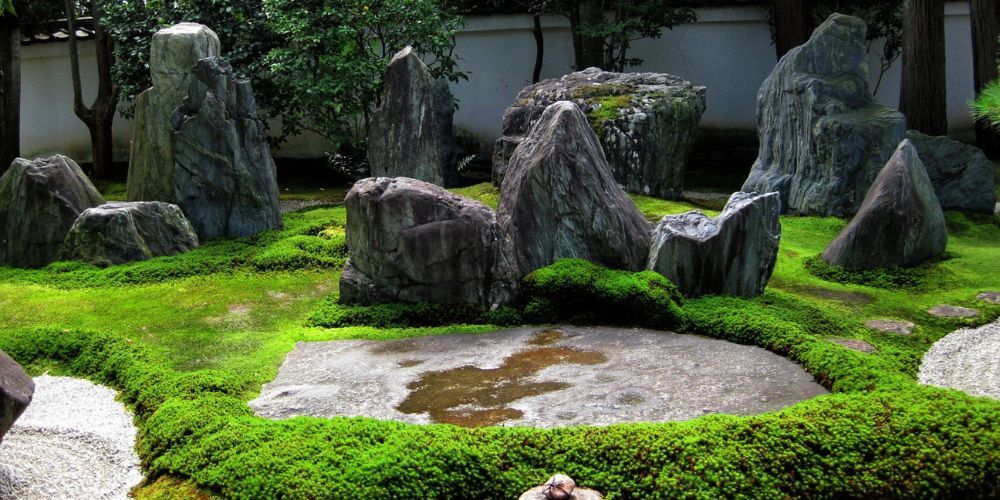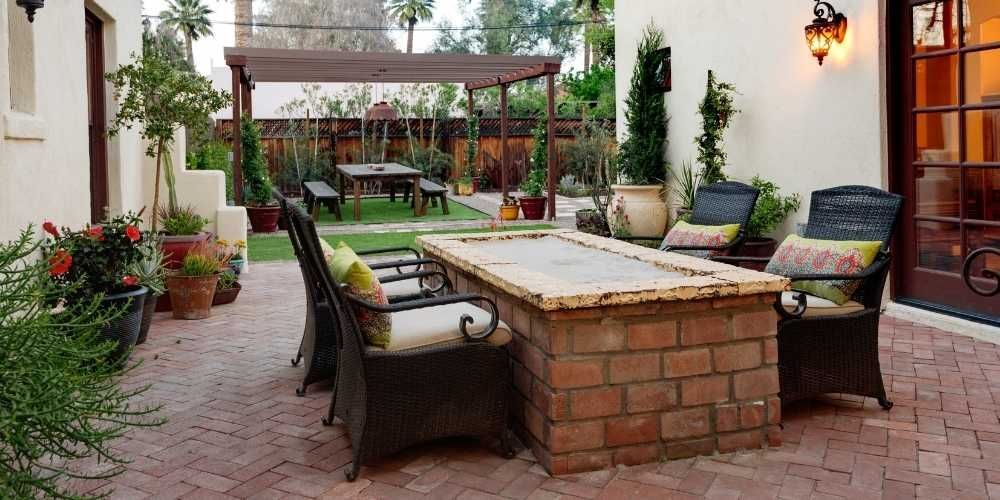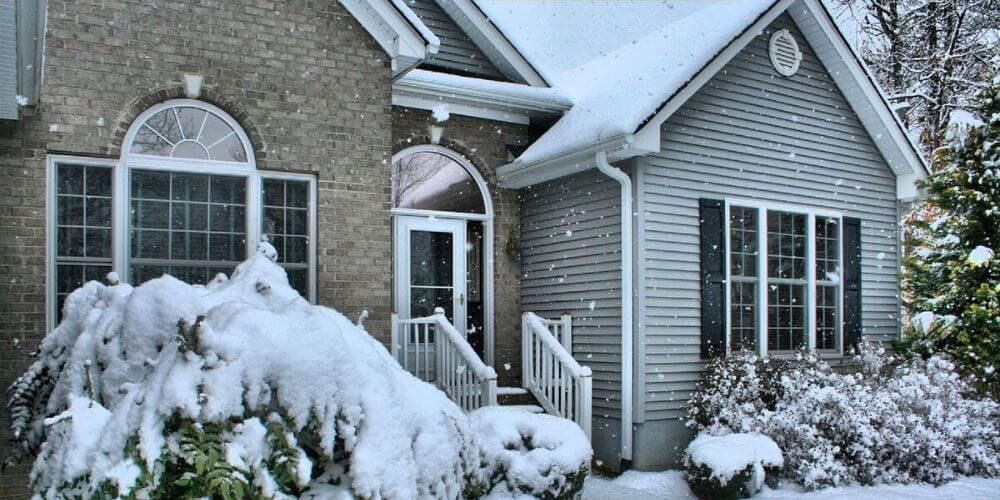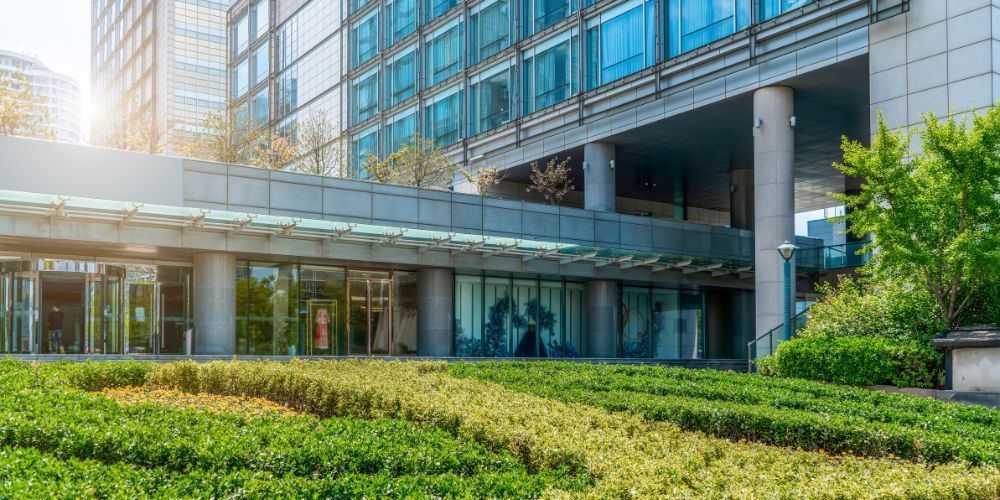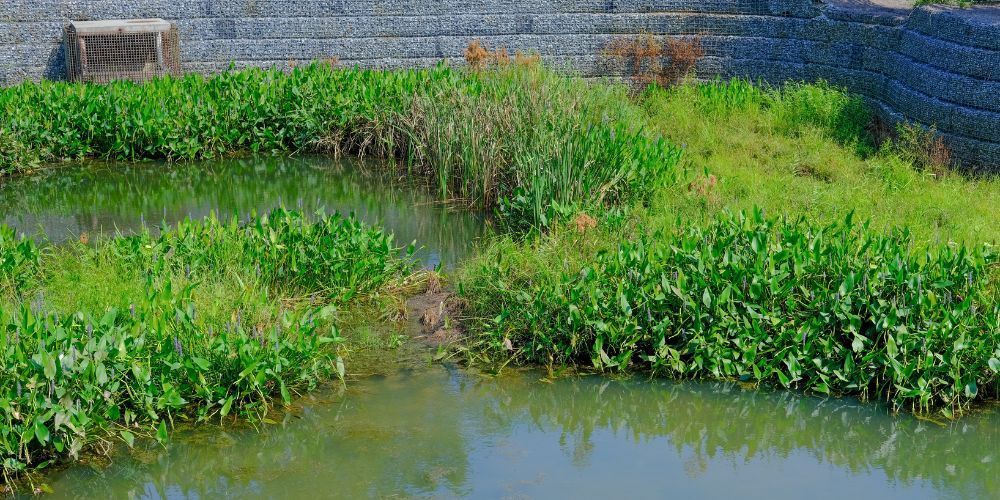Exploring Different Hardscaping Materials for Your Outdoor Space
When planning landscaping improvements, it's important to explore a variety of hardscaping materials to enhance both the beauty and functionality of your outdoor space. These materials not only define the visual appeal of your garden or yard but also contribute to its durability and practicality.
From natural stone to contemporary composites, hardscaping materials play a key role in shaping the overall atmosphere of your outdoor area. This guide will help you navigate the available options, ensuring you make an informed choice for your landscaping project
Concrete: A Versatile Hardscaping Material
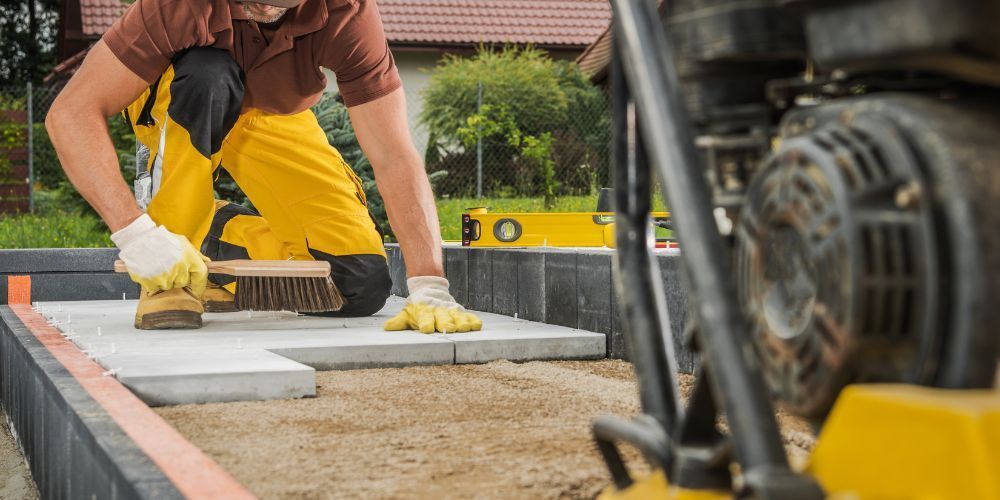
Right away, concrete comes to mind when envisioning landscape designs. However, your choices are no longer limited to the dull gray hue or the boring, flat slab. Concrete can be stained, stamped, texturized, or even mixed with other materials for a more dramatic look. Moreover, you can use concrete to create planters, basins, steps, and edging as well as for patios and walkways.
Brick: Durable and Stylish Hardscaping Solution
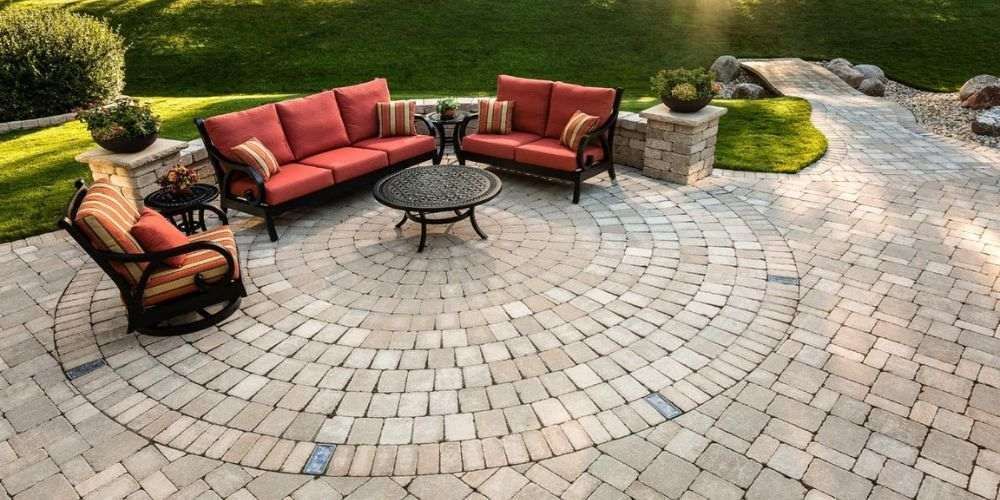
With many shapes, sizes, and tones to choose from, brick remains a popular mainstay in hardscaping designs. Like concrete, brick is fairly low-maintenance and quite sturdy. From outdoor fireplaces to short, decorative walls, there are many ways you can integrate bricks into your outdoor living space. Plus, brick offers a creative twist for patio surfaces since you use different shades to create different patterns.
Stone: Natural Beauty for Hardscaping
Stone is another durable material that opens up numerous design possibilities. Natural stone, for example, gives you a broad spectrum of shapes, textures, and shades to work with. Its distinctive qualities allow for a more eclectic arrangement as well as popular styles like xeriscaping and zen gardens. On the other hand, flagstone offers a more symmetrical, structured look, especially when incorporated into walls or paving with hardscape materials. Or in its natural state, flagstone is perfect for a rustic modification.
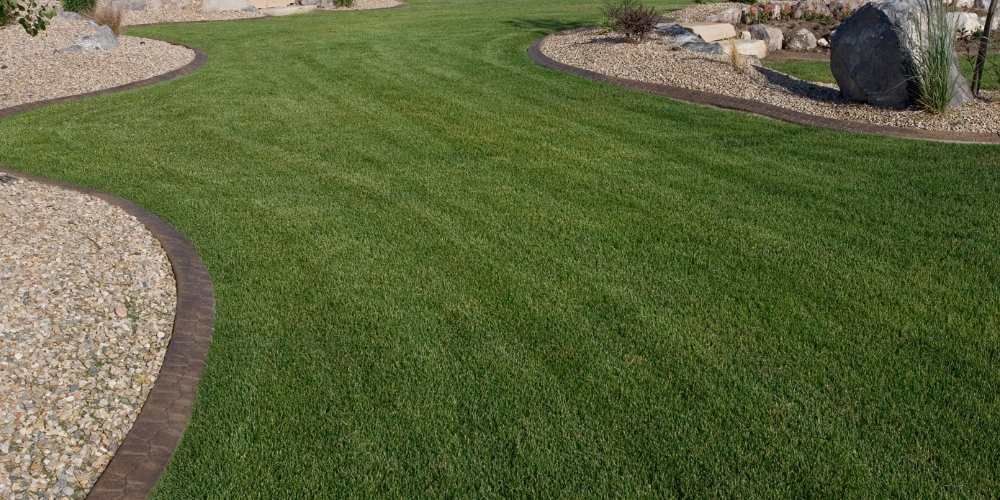
Wood: A Natural Touch for Hardscaping
When you think of hardscape materials, wood might not be the first choice that comes to mind. However, many types of natural woods serve well as durable, ornate structures that serve almost any purpose you wish. This material tends to be the go-to for decks and fencing, but you’ll also see arbors, pergolas, and planters crafted from the more durable varieties, including redwood, oak, and cedar.
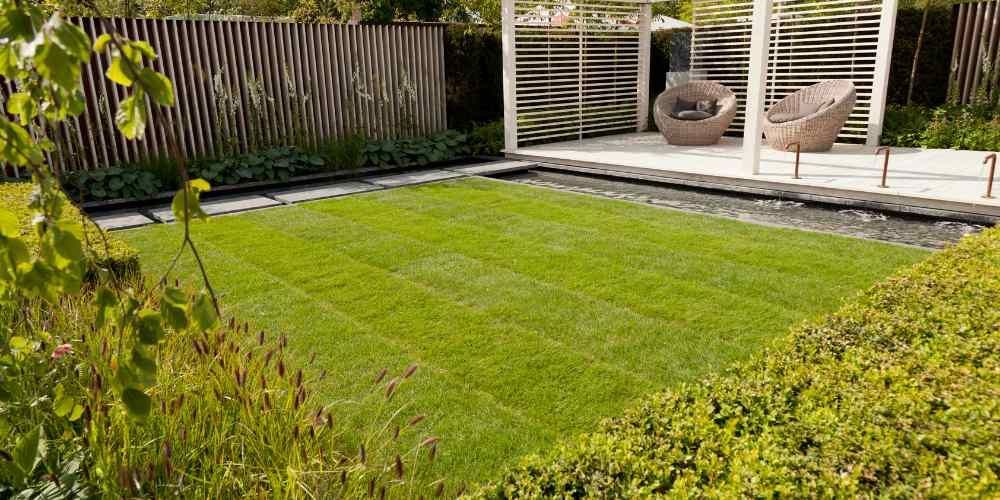
Wood Composite
Similar in color and texture to natural wood, wood composite provides an eco-friendly alternative that consists of recycled plastic and wood fiber. Nonetheless, this material proves to be durable, easy to maintain, and of course, visually appealing. Wood composite is primarily used for decking, but more often, you’ll also see fences that are created from this material probably due to the fact that it is mold resistant and repels insects.
Loose Rock: Flexible and Functional Hardscaping
Another popular hardscape material that serves many purposes is loose rock and pebbles. Like flagstone and natural stone, you’ll find loose rock that comes in a broad array of earth tones which makes it a versatile addition to your landscaping. Some ideas for including loose rock and pebbles include pathways, borders, and rock beds for small ponds or fountains. Additionally, some gardeners fill shallow planters with pebbles to provide a colorful alternative to plants.
Pavers: Stylish and Durable Hardscaping
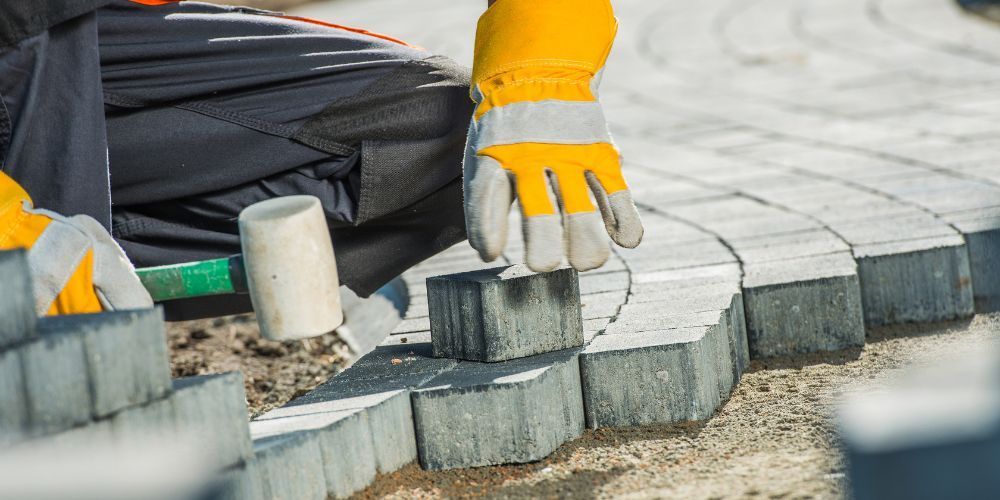
As already mentioned, bricks and flat stones make excellent flooring for your patio, but pavers work just as well and are easy to replace with durable hardscaping materials. These pieces are fabricated from a mixture of coloring and concrete that’s poured into a mold. Installing pavers can be as complex as bricks, but you can also lay them over a bed of sand or gravel as long as the ground below has been thoroughly tamped and leveled. Or for a distinct mosaic look, you can use interlocking pavers to create almost any type of pattern.
Tile: A Classic Hardscaping Choice
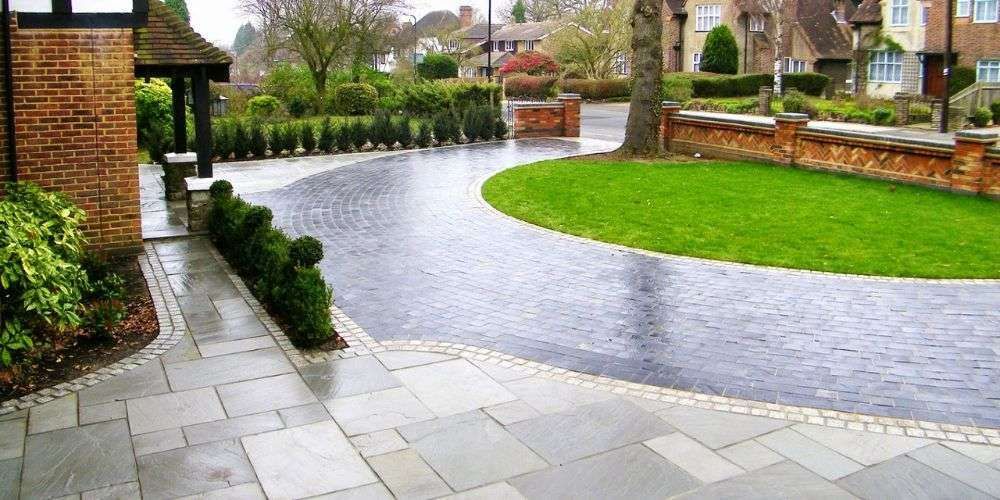
Though this durable hardscaping material comes with a higher price tag than the others mentioned, tile lasts for decades and gives an elegant touch to any outdoor space. Similar to the indoor choices, you can select terracotta, ceramic, porcelain, or quarry tiles for the flooring of an outdoor kitchen or seating area. Tiles also make great accents on the surfaces of outdoor bars and islands.
Asphalt: The Smart Hardscaping Solution
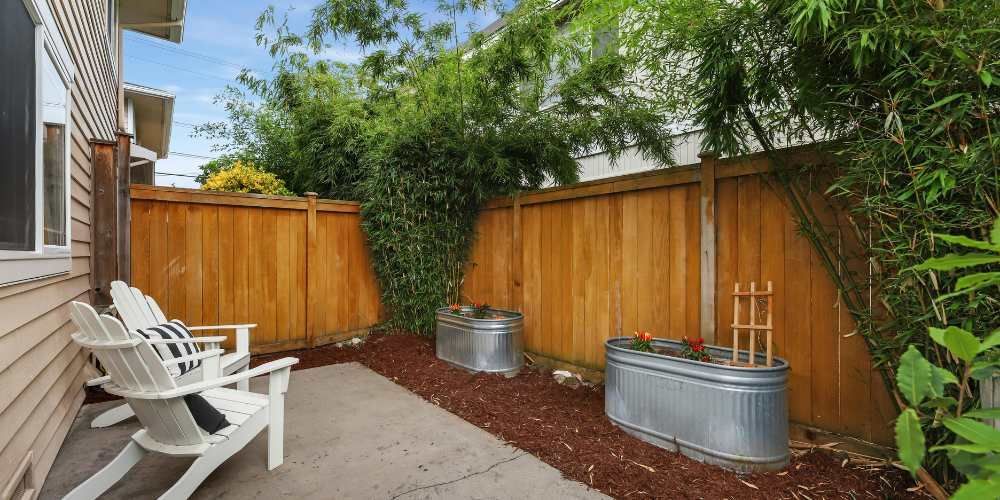
One other choice that’s also popular, even though you’ll mostly see it in front yards, is asphalt. For the most part, asphalt serves as a driveway and even a walkway, but don’t be surprised to find an asphalt slab with a basketball goal in the backyard as well. Furthermore, some homeowners may opt for an asphalt space to park an RV or other recreational vehicles. With a low price tag and easy maintenance, asphalt gives a practical and attractive alternative to concrete slabs.
Mulch: Eco-Friendly Landscaping Solution
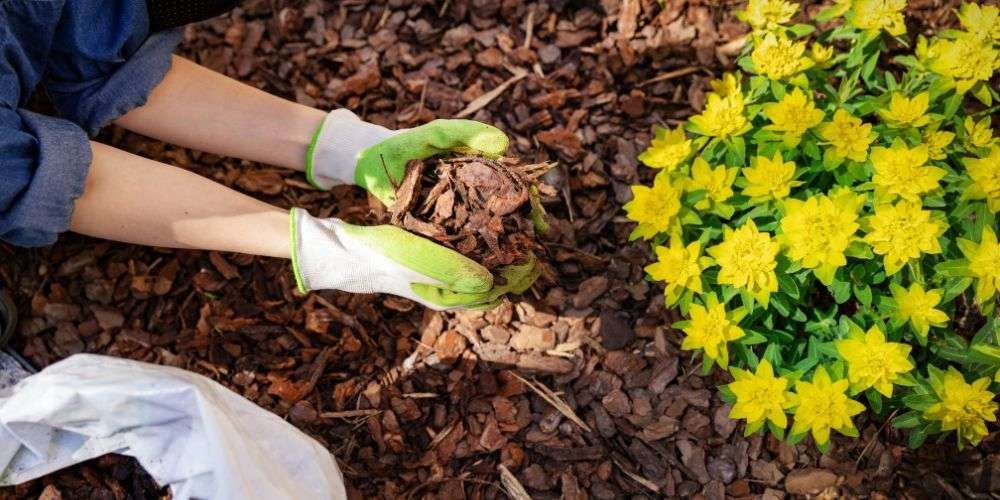
And when you want a hardscaping material that provides color and some TLC for your flowers and shrubs, try spreading some mulch. As a cheaper option compared to pebbles, mulch adds depth to any garden and helps retain moisture for a longer period, thus making it one of the most eco-friendly choices. With its earthy tone, mulch coordinates well with the many colors of your landscaping. Although this material is not very stable, it’s still one of the easiest to replace.
So there you have our list of hardscaping materials. While some of these options can be installed as a weekend DIY project, you might enlist the advice and services of experts who can help you design the outdoor space of your dreams. With over 18 years of experience, LandTech Scenery Inc. has been transforming yards into breathtaking outdoor scenes that provide comfort, beauty, and functionality. Contact them today to find out more about their design and installation process.
FAQ
1. What materials are commonly used in hardscaping?
Common materials include natural stone concrete, brick, wood, gravel, and metal. Each offers unique benefits, from durability to aesthetic appeal, depending on the style and function you need.
2. What are the benefits of adding hardscaping to my yard?
Hardscaping enhances functionality, reduces maintenance, improves aesthetics, and can increase property value.
3. What should I consider when planning my hardscaping project?
Consider layout, traffic flow, climate, integration with existing plants, and budget when planning your hardscaping features. These factors will help ensure your project suits your needs and lasts long.
4. What time of year is best for hardscaping?
Fall and winter are ideal for hardscaping projects, allowing for optimal timing. Constructing hardscapes during these seasons ensures completion by spring, enabling you to enjoy the transformed outdoor space as the weather improves
Let us DESIGN & TRANSFORM YOUR OUTDOOR SPACE!
Call us at 619-343-4201 or contact us for your free quote.
We will get back to you as soon as possible
Please try again later

With 18 years of experience in landscape design and construction, our team of dedicated professionals is committed to cultivating landscapes with care. With a commitment to delivering exceptional services, Landtech Scenery Inc provides landscape design, installation, maintenance, and hardscaping to its residential and commercial customers.
Our Services
